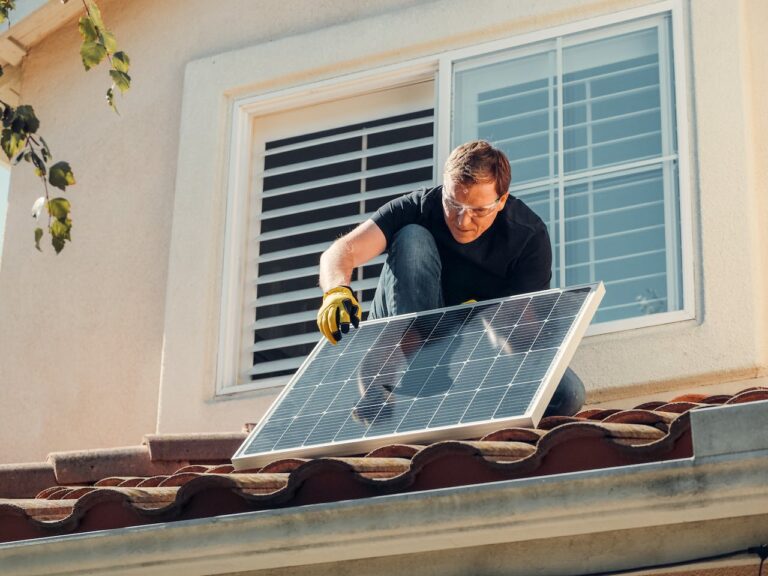In the field of HVAC, understanding the intricacies of condensate systems is crucial for ensuring efficient operation and preventing issues like water damage and microbial growth.
This guide provides HVAC technicians with a comprehensive overview of condensate systems, focusing on their importance, management, and maintenance.
Understanding the Role of Condensate in HVAC Systems
Condensate, or the water produced during the cooling process, is a natural byproduct of air conditioners and high-efficiency furnaces. Managing this condensate is critical because improper handling can lead to various operational and environmental issues.
Production and Collection of Condensate
As HVAC units cool the air, moisture from the air condenses on the cold surfaces of coils and is collected in a drip pan. From here, it must be directed away from the unit to prevent overflow and potential damage.
Importance of Proper Condensate Disposal
Proper disposal of condensate ensures that the HVAC system operates efficiently and remains free from mold and mildew, which can compromise air quality and system performance. Ineffective condensate management can also lead to water damage, affecting the integrity of building structures.
Key Components of Condensate Systems
A well-designed condensate system includes several components that work together to ensure safe and efficient removal of moisture. Understanding these components is essential for any HVAC technician.
Condensate Drain Pans
Located directly beneath the cooling coils, these pans catch condensate as it drips off the coils. It’s important that these pans are sloped towards the drain line to prevent water pooling.
Condensate Drain Lines
These pipes channel condensate from the drain pan to the outside or into a drainage system. Keeping these lines clear is critical to prevent backups and overflows.
Air Conditioning Condensate Pumps
In systems where gravity alone cannot direct the flow of condensate to a drainage location, airconditioning condensate pumps become essential. These pumps actively move condensate to the desired drainage area, ensuring that water does not accumulate and lead to issues such as overflow or fungal growth.
Installation Tips for Condensate Systems
Proper installation of condensate systems is crucial for their efficient operation. Here are some tips to ensure that these systems are installed correctly.
Correct Sizing and Placement
Ensure that the condensate pan and pump are correctly sized for the HVAC unit. An undersized pan or pump can lead to overflow, while an oversized one may cause operational inefficiencies.
Strategic Drainage Planning
Plan the route of the condensate drain line carefully. It should have a steady downward slope without any sags or traps where water could collect and breed bacteria.
Pump Installation
When installing a condensate pump, place it near the air handler and ensure it’s properly connected to both the condensate pan and the drainage line. It’s also important to connect the pump’s power supply according to the manufacturer’s instructions.
Maintenance Best Practices for Condensate Systems
Regular maintenance is key to the proper functioning of condensate systems. Here are some essential maintenance tasks that HVAC technicians should perform.
Regular Cleaning
Clean the condensate pan and drain line regularly to prevent the build-up of slime and mold. This can typically be done with a mixture of vinegar and water, which effectively removes buildup without corroding the components.
Checking for Leaks and Clogs
Regularly check for leaks in the condensate pan and drain lines. Also, ensure that the drain line is not clogged with debris, as this can cause water to back up and overflow.
Pump Maintenance
Check condensate pumps for operational efficiency. Ensure that the float switch is not stuck and that the pump activates when the water level rises. Also, inspect the check valve to ensure that it is functioning correctly to prevent water from flowing back into the pan.
Troubleshooting Common Issues
Even with the best maintenance, issues can arise. Being able to troubleshoot common problems is a vital skill for any HVAC technician.
Handling Overflows
If a condensate pan overflows, first check for clogs in the drain line. If the line is clear, inspect the pan and pump for proper operation. It might be necessary to replace the pump if it fails to activate.
Dealing with Mold and Algae
If there is evidence of mold or algae, clean the system thoroughly with an appropriate cleaner and increase the frequency of maintenance checks to prevent recurrence.
Addressing Odors
Odors can be a sign of bacterial growth in the condensate system. Regular cleaning and the use of tablets designed to reduce algae and bacteria can help mitigate this issue.
Ensuring System Longevity and Efficiency
For HVAC technicians, mastering the intricacies of condensate systems is crucial for ensuring the longevity and efficiency of HVAC installations.
By understanding the components, performing regular maintenance, and being equipped to troubleshoot common problems, technicians can prevent major issues and ensure that systems continue to operate smoothly and efficiently.
This not only protects the HVAC unit but also maintains the integrity of the buildings they operate in and ensures the health and comfort of building occupants.







